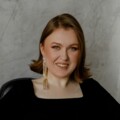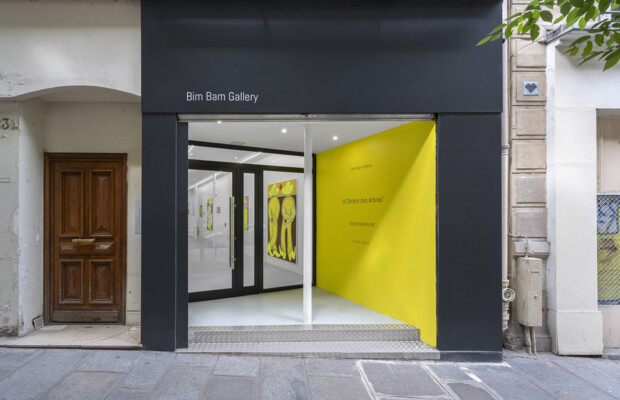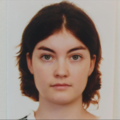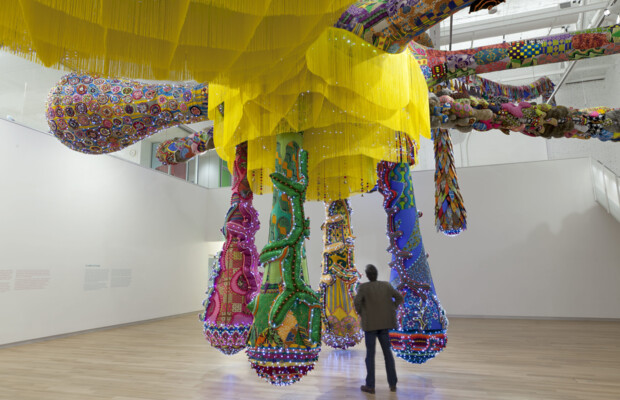Art Basel Hong Kong 2023
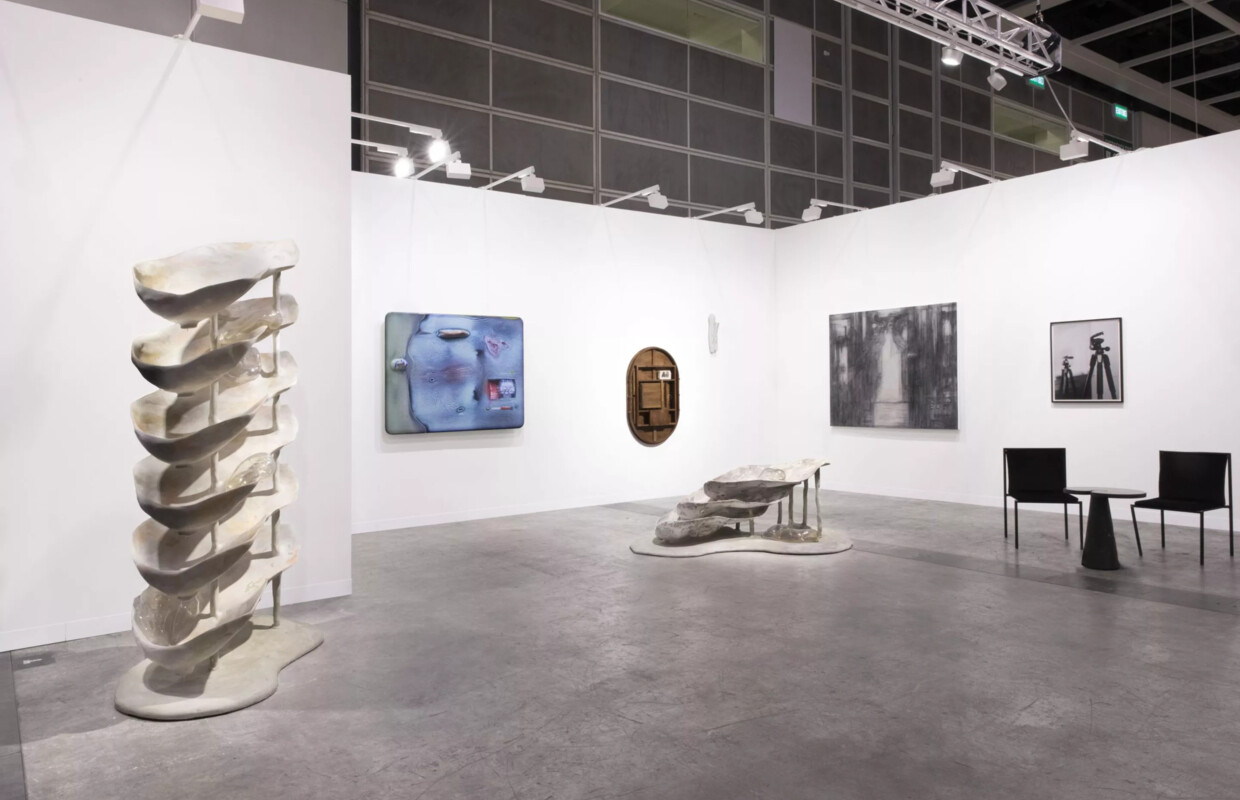
As it was expected and always has been, Art Basel Hong Kong 2023 featured premier galleries from Asia and beyond. It provided an in-depth overview of Asia-Pacific's astonishing art diversity, as well as global artistic perspectives through modern and contemporary works. It reported vigorous sales and great attendance by its organisers. It proved that it holds the pivotal role as a gateway to the Asian Art Market.
Art Basel Hong Kong held between 21st and 25th March 2023 felt like a celebration at The Hong Kong Convention and Exhibition Centre (HKCEC). After the last years of restrictions in relation to the pandemic, social gathering rules, hampered public events, the city’s isolation from the rest of the world because of a ban on travellers and recent winter’s three-week quarantine as well as an ongoing political crackdown, which at one point even caused some residents to flee for other Asian capitals. These reasons played a crucial role in why it seemed like a new era had started during Art Basel Hong Kong 2023. People were happy to meet, to communicate and to enjoy the time again together through the art world and at this specific event. “My goal is to bring Hong Kong back and to reinforce its role as a cultural capital,” to the New York Times said Angelle Siyang-Le, the Director of the fair. Ms. Siyang-Le is based in Hong Kong and yet is new to her position, but has been previously worked for Art Basel as Head of Gallery Relations for Asia.
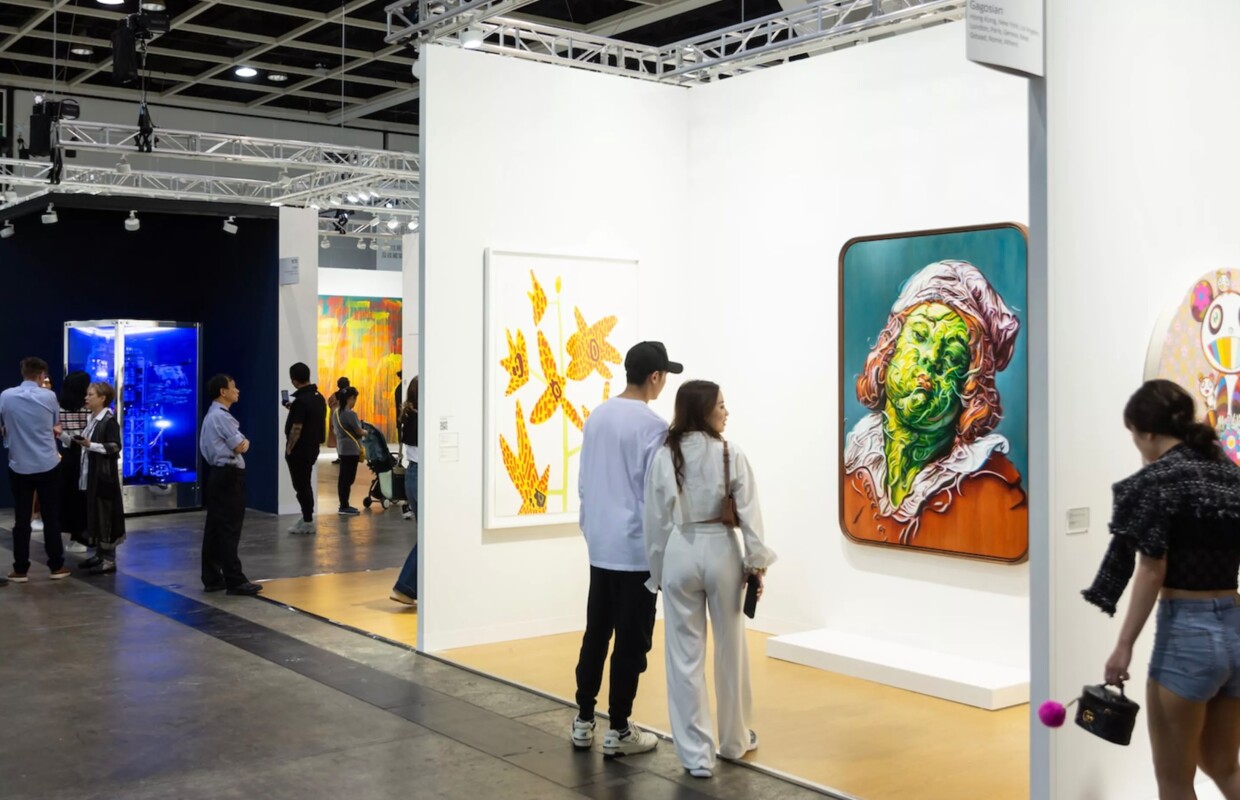
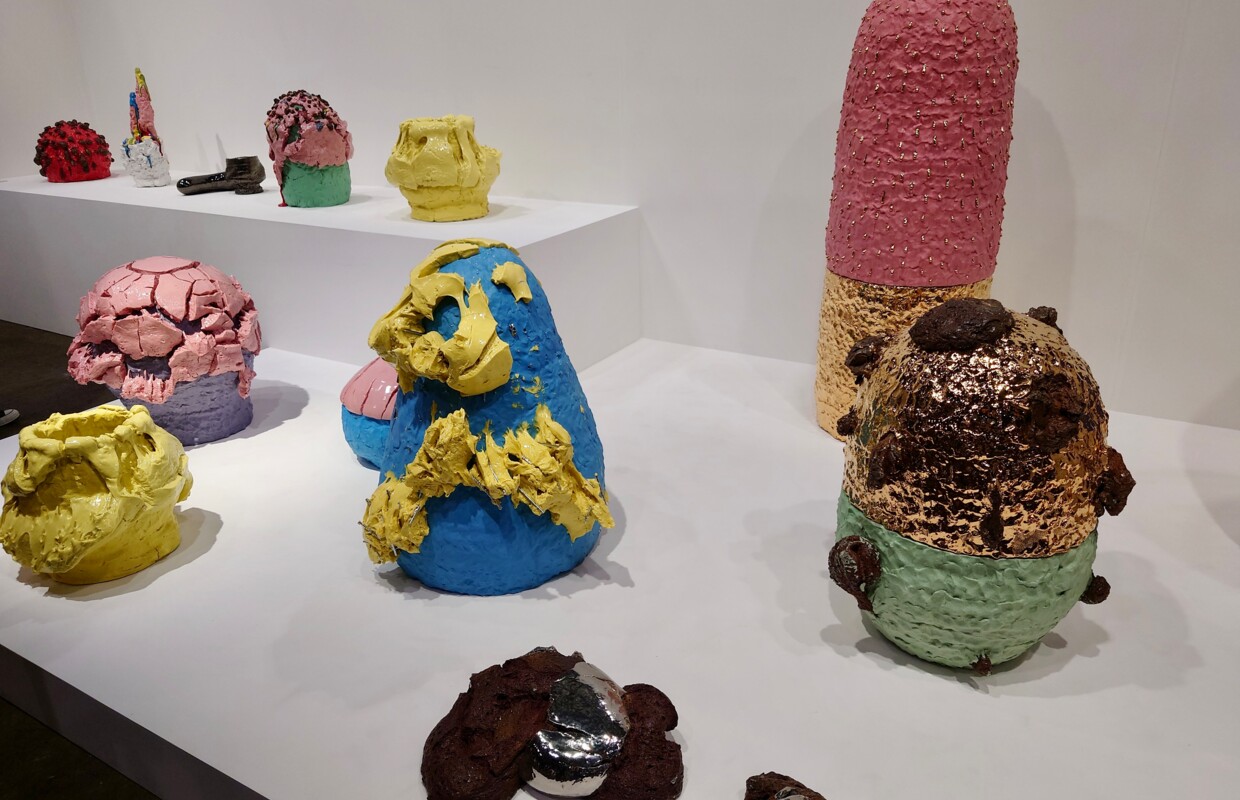
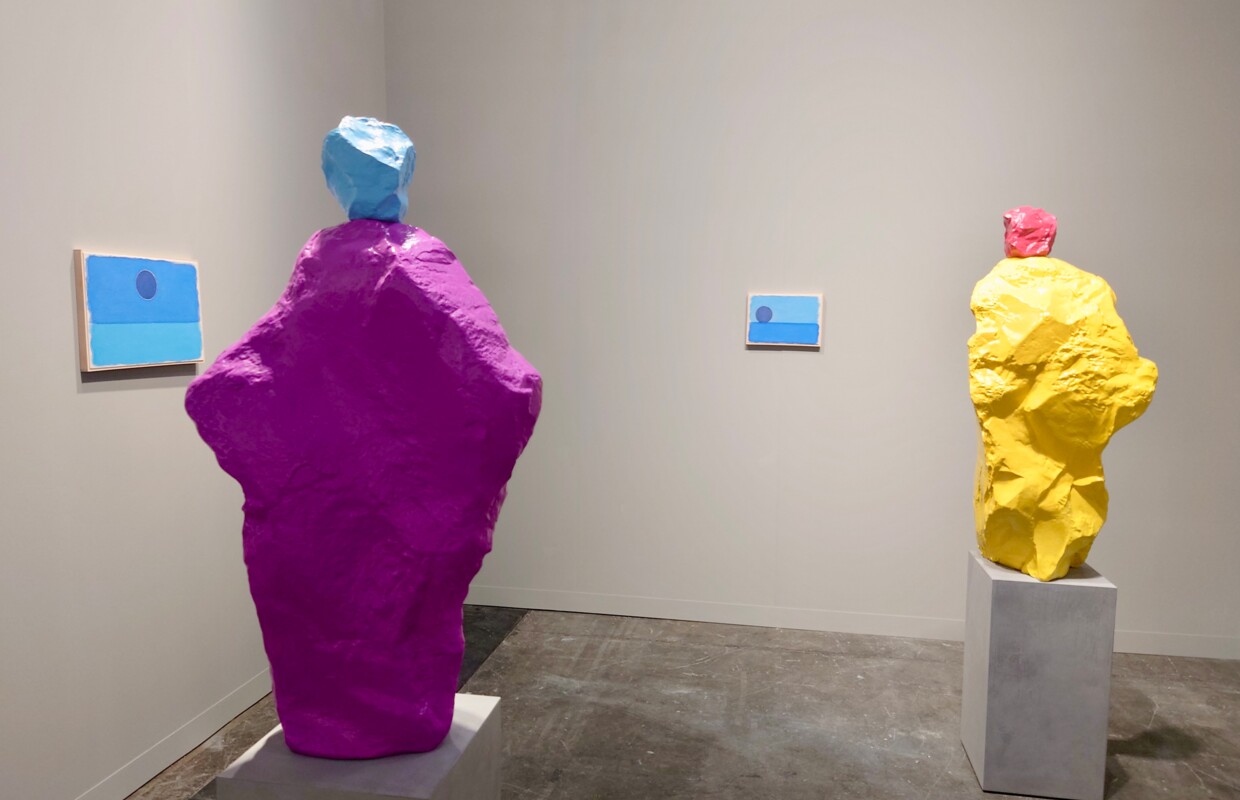
At the same time, the art scene in Hong Kong has changed during the past three years and it has actually moved towards interesting and growing changes. Commercial galleries in the Asian financial centre have managed to expand, dealers were taking over more old spaces and opening new ones and art galleries thrived despite crackdowns. Also, in the lead-up to one of Asia’s biggest art fairs, gallerists say that while they have cut their number of shows and lost staff, sales have still been strong. One of factors driving the financial scene of galleries is interest from the real estate sector as gallerists point out that corporate offices, hotels, private clubs and malls are looking not just for decorative art, but they want a conversation piece.
Hong Kong still has the highest concentration of money compared to anywhere else. Many galleries, like myself, have expanded during these past few years or opened up second spaces.
Ben Brown went from a smaller space to a bigger gallery in Wong Chuk Hang the during pandemic period. Now on the south side of Hong Kong Island, the art scene is thriving in industrial buildings in Wong Chuk Hang and Aberdeen. Much cheaper rents allow galleries to occupy larger spaces and present more diverse and experimental programmes compared to exhibitions in Central Hong Kong that primarily focus on paintings. Other galleries too have opened during the city’s tougher years. For example, Ysabelle Cheung and Willem Molesworth set up their Property Holdings Development Group space in Causeway Bay in 2022. Ora-Ora moved to the revamped Tai Kwun Centre in 2021. International galleries like David Zwirner and Pace remain in H Queen’s, but Hauser & Wirth has moved out of the 15th and 16th floors of the towering H Queen’s building to a nearby space that opens on to the street. But the most important and a long-awaited institution, M+, one of Asia’s largest art museums, finally opened in 2021.
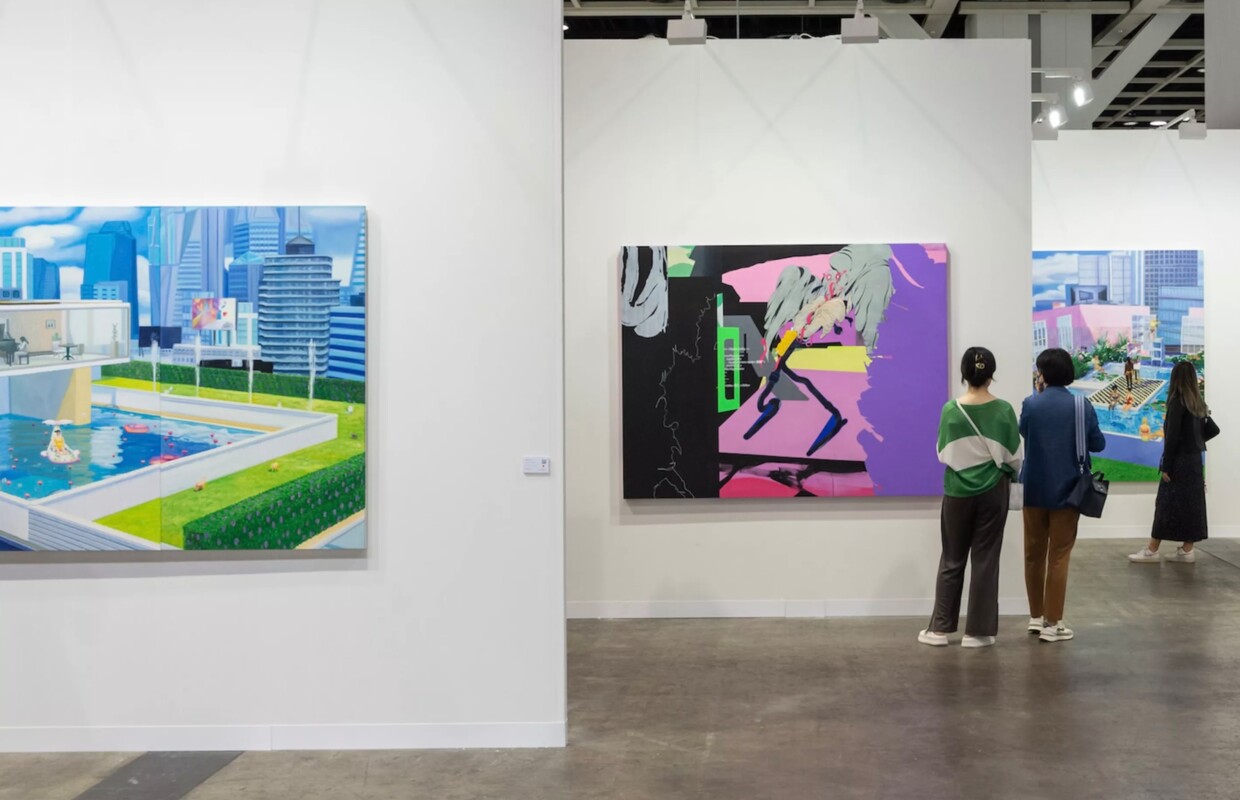
In relation to Art Basel Hong Kong there is another significant activity that Art Basel itself has been working on in Asia during the last years.
The art fairs are the top priority, but we are also finding other points of engagement that build on and add to the work we are already doing.
The Financial Times publications say that last year, MCH Group (the organization of international and national exhibitions whose the most important exhibitor includes the international art fair Art Basel) made an investment in the organiser of Singapore’s new international art fair, Art SG, which launched in January 2023. MCH Group described the investment as “complementary” to the running of Art Basel in Hong Kong. Also, at the same time and in the same city, Art Basel joined forces with SEA Focus, a four-year old Singapore fair that this year fielded 25 galleries and which specialise in South-East Asian contemporary art. Art Basel’s role is described as “supporting” SEA Focus. Adeline Ooi, Art Basel’s Director for Asia has talked more about the strategic advantages of the partnership, explaining that it gives “access to younger artists and practices that might not necessarily work in our fairs”. She notes too that it deepens the fair group’s network on the continent mentioning, for example, SEA’s Focus organiser, Emi Eu, who is a long-time Art Basel exhibitor as Director of STPI Gallery in Singapore and also sits on the selection committee for Hong Kong’s fair.
Another place of Art Basel’s interest is Tokyo as the 177 exhibitors at this year’s Art Basel Hong Kong included 28 from Japan.
The proportion has risen since the fair’s boom year of 2019, when 23 of its 242 galleries came from this country. “It’s not an exact science, but it is notable that participation from Japan is up since Art Week Tokyo,” Horowitz says to the Financial Times. He also mentions, “there is huge potential to engage more fully and add value to our audiences all year round.”
However, and as mentioned earlier, Art Basel Hong Kong concluded the 2023 edition of its show saying that it was marked by brisk sales throughout the week and across all levels of the market. Also, it was a celebration of Art Basel’s ten-year anniversary in the city and its ever-flourishing arts scene.
The fair was staged across two floors of the HKCEC for the first time since 2019, the show brought together 177 galleries from across the world and it saw the return of all special sectors, including Encounters, Kabinett, Film and Conversations.
42 galleries re-joined the fair following a hiatus during the pandemic, while 22 galleries made their debut at the fair. For the first time, Encounters extended beyond the show floor, showcasing a large-scale inflatable sculpture of King Tut by Awol Erizku in Hong Kong’s Pacific Place. The work was presented by Ben Brown Fine Arts and supported by Swire Properties, official partner of off-site Encounters.
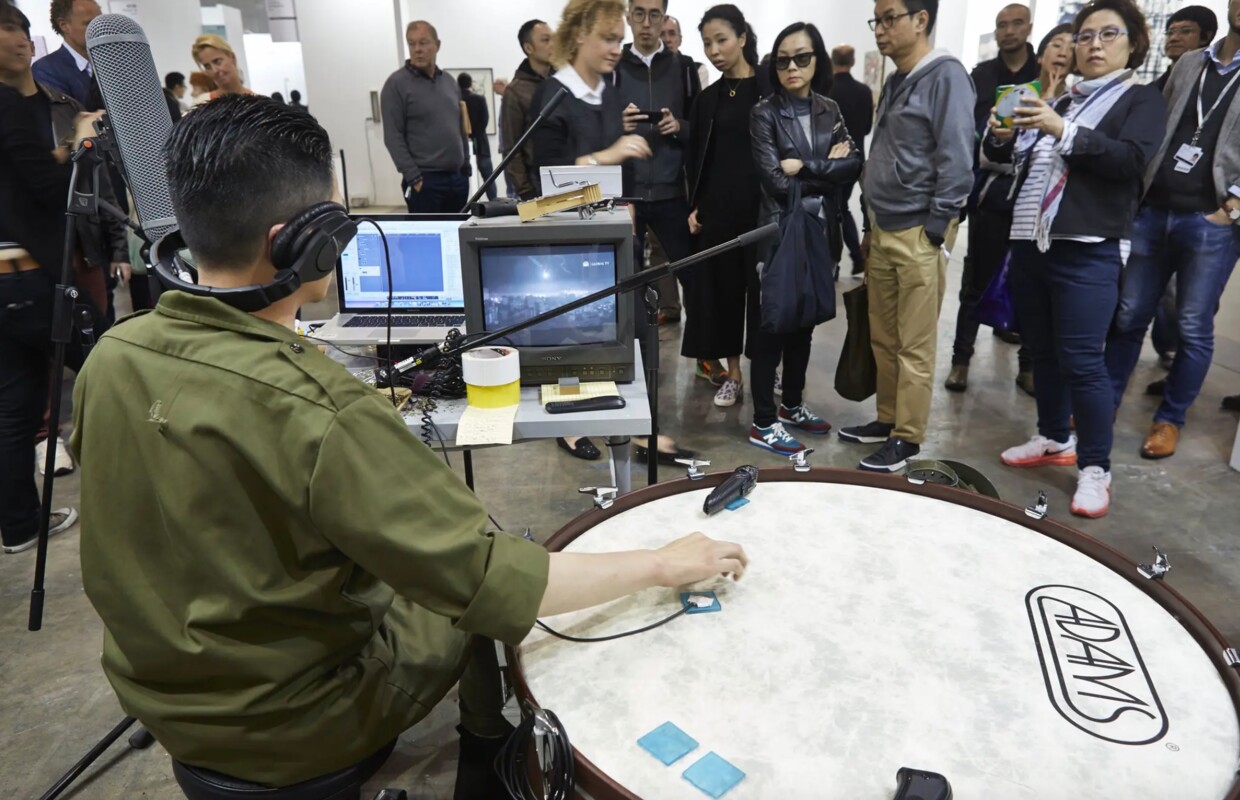
Leading private collectors from 70 countries and territories attended the fair and explored the city’s diverse cultural offerings, as did museum directors, curators, and patrons from over 100 international museums and institutions.
Deepening its commitment to showcase the breadth of exceptional art from across Asia and the Asia Pacific, the fair featured over two-thirds of participating galleries with exhibition spaces in the region, including 33 galleries having exhibition spaces in Hong Kong. Galleries from mainland China, Japan, South Korea, and Taiwan continued to have a presence at the show, while galleries from India and South-East Asia also presented compelling booths that attracted fair visitors. For the very first time two galleries from Africa joined the line-up. According to Ocula.com strict immigration and vaccination policies coupled with the emergence of other regional art hubs in Seoul, Taipei, and Singapore, caused some galleries to skip Art Basel Hong Kong this year. Notable absences included Paula Cooper, Sprüth Magers, and Lisson Gallery.
Beyond the HKCEC, Hong Kong residents and international visitors enjoyed Pipilotti Rist’s site-specific moving image work ‘Hand Me Your Trust’ projected on the facade of M+, commissioned by M+ and supported by Art Basel and UBS bank. The facade was set within the undulating architectures of Hong Kong’s world-famous skyline along Victoria Harbour and incorporated Rist’s typically vivid colour palettes and freeform camera work, echoing the dynamic shifts of scale of Hong Kong’s urban landscape.
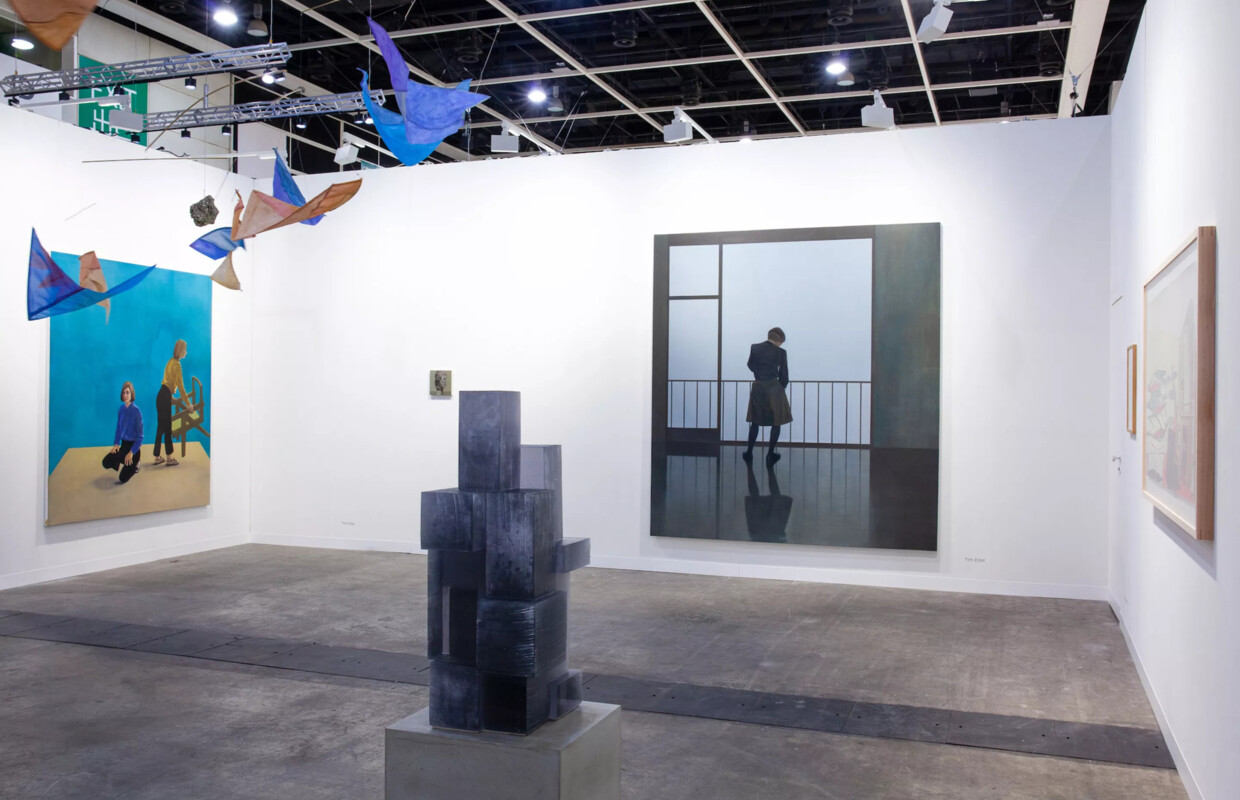
Additional public programming included the film program at the Hong Kong Arts Centre, featuring 29 video works curated by multimedia artist and producer Li Zhenhua, as well as special screenings curated by Videotage and Ghost 2565, two important non-profit video art organizations in Asia. Conversations, curated by author and editor Stephanie Bailey, featured 15 roundtable discussions and more than 85 speakers on topics such as art and mental health, solidarity beyond feminism, art after Sino-futurism, Cantopop and performance, and many more. Both Film and Conversations were free to the public.
But what about the art? What kind of art pieces could be seen during Art Basel Hong Kong 2023? And what exactly was sold during the fair? Blue-chip galleries often have the most screaming booths at art fairs and big art world names, big works, and big collectors all mingling and jostling for attention around these booths. For example, David Zwirner’s gallery featured their favourites including Richard Serra’s The Wagons Roll at Night (2021), Bridget Riley’s Light Shade 7 (2018), and Josef Albers’s Study for Homage to the Square: From Within. Elizabeth Peyton’s Truffaut (2005) portrait. Hauser & Wirth exhibited George Condo’s Purple Compression (2011) and a glass sculpture by Roni Horn. Thaddaeus Ropac showed Georg Baselitz’s Für links, Richtung Westen (2021), Daniel Richter’s OOA2 (2011). White Cube had on display Anselm Kiefer’s Rapunzel (2017), two Antony Gormley iron sculptures and Damien Hirst’s Deep Leaf. But Gagosian sold works by Dan Colen, Allana Clarke, Katharina Grosse and Tetsuya Ishida. Pace Gallery had works of Lee Ufan’s Dialogue (2014), Alex Katz’s Blue Flag 3 and an untitled Joel Shapiro sculpture. South Korea’s Kukje Gallery exhibited art works by Jenny Holzer, Park Seo-Bo, Ugo Rondinone, and Haegue Yang. Hong Kong’s Galerie du Monde sold homegrown talents such as Kongkee, Tang Kwong San, and Wesley Tongson.
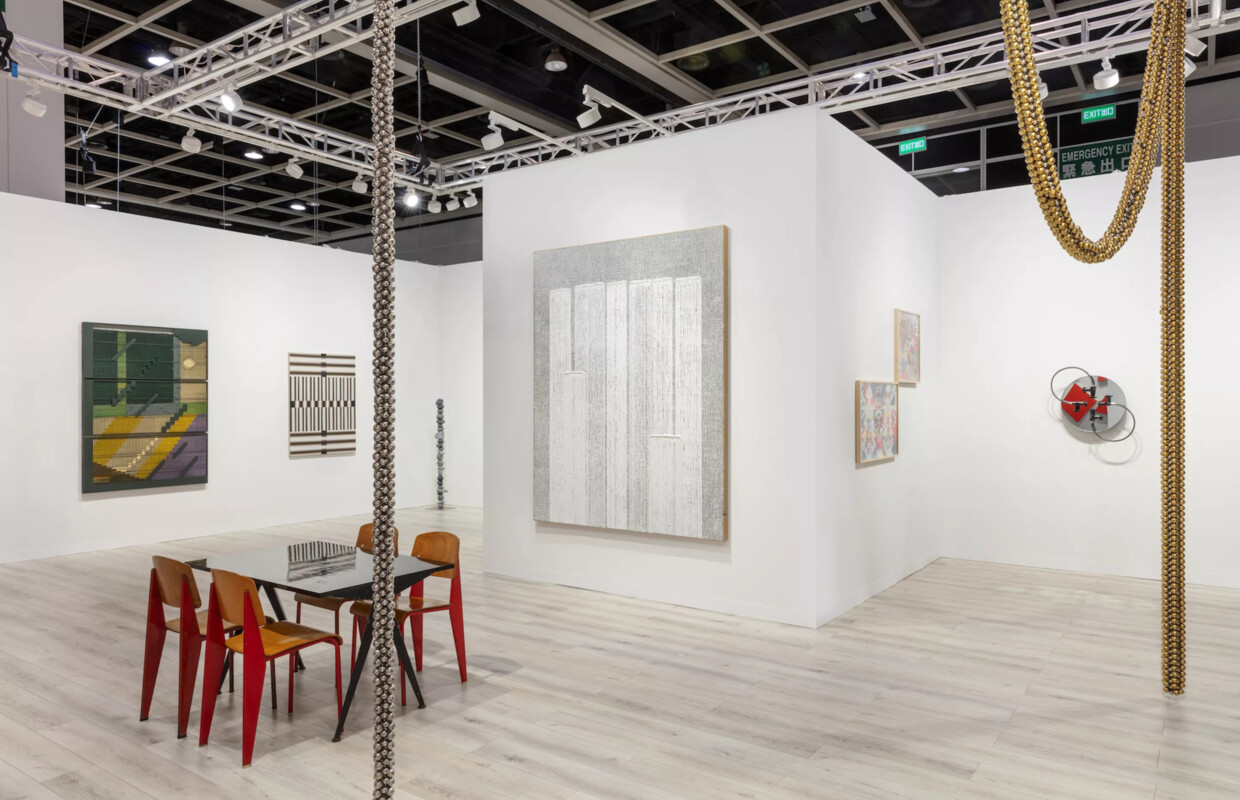
Artsy.com online platform has reported that there was a tendency of collectors from either mainland (China) or Hong Kong to be more accepting to new mediums, and have been abreast of the latest trends in contemporary art.
There was the advent of a more diversified art scene during this year’s fair. There were works exhibited showing use of different materials and techniques, art pieces exploring hybrid spaces, though primarily exploring the divide between tactile and digital, sensual and subversively classical, raising questions on authorship in a subtle, sophisticated manner.
These tendencies demanded a closer, quieter inspection of the artworks exhibited at the fair’s booths.
There was a stronger presence of South-East Asian art this year. For example, there was a strong appearance of Indonesian gallery ROH whose presented artists draws from different backgrounds, experiences, and covers many facets of creative explorations, issues, and discourses in Asia-Pacific regions. There were artworks by artists who have been exhibited at Venice Biennale 2022, for example, artists hosting exhibitions at Empty Gallery’s Hong Kong gallery or work by Wallen Mapondera at SMAC gallery (one of just two galleries hailing from Africa), who was coming off representing Zimbabwe at last year’s Venice Biennale. And Shubigi Rao's multidisciplinary project at Rossi & Rossi following her presentation for Singapore at the 59th Venice Biennale.
A walk through the solo projects featured in the Discoveries section provided an opportunity to detect new talents emerging from the region. And needs to agree with Ocula.com that eye-catching presentations included Ad Minoliti at Galerie Crèvecœur, Alice Wang at Capsule Shanghai, Kawita Vatanajyankur at Nova Contemporary, and Ngoc Nau at Vin Gallery. And there is no way to avoid mentioning NFT, especially as Beeple’s photo booth-sized spinning sculpture S.2122 (2023) was purchased from LGDR by Nanjing's Deji Art Museum. The sculpture was coming with a companion NFT, depicting a city building upwards to escape rising sea levels. This purchase has been proving a time when the traditional art world has largely returned to mocking NFTs.
Share the post:


